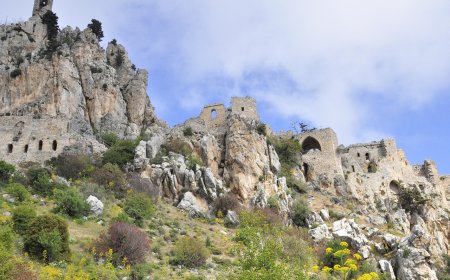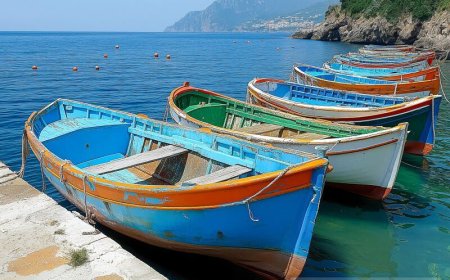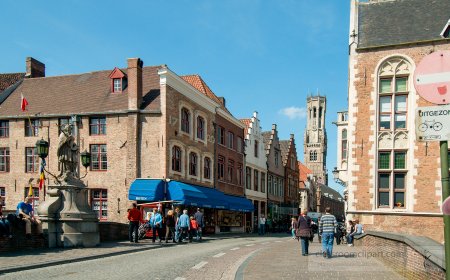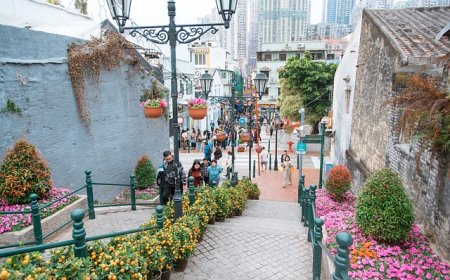France: Geography, History, and Culture for Students
Learn about France’s geography, cities, language, food, and history in this student-friendly article. Explore French landmarks, traditions, and fun facts!
🇫🇷 France: A Land of History, Art, and Global Influence
🗺 Introduction
France is one of the most famous countries in the world. Located in Western Europe, France is known for its rich history, incredible art, beautiful cities, and delicious food. From the Eiffel Tower in Paris to the lavender fields of Provence, the country is filled with sights and experiences that attract millions of visitors every year. French fashion, food, music, and language have influenced cultures around the globe for centuries.
In this article, you’ll discover France’s geography, its major cities, the history that shaped it, and why its people are proud of their language and traditions. Whether you’re interested in castles, croissants, or kings, France has something fascinating to offer.
🌍 Geography and Location
France is the largest country in Western Europe and shares its borders with several other nations, including Spain, Italy, Germany, Belgium, and Switzerland. It is surrounded by three major bodies of water: the Atlantic Ocean to the west, the Mediterranean Sea to the south, and the English Channel to the north.
The landscape of France is diverse. In the east, you’ll find the Alps, where snow-covered peaks such as Mont Blanc, the highest mountain in Western Europe, rise into the sky. The Pyrenees form a natural border with Spain in the southwest. Central France is filled with rolling hills, forests, and farmland, while the north is home to wide plains and rich farmland. Several major rivers, including the Seine, Rhône, and Loire, flow through the countryside and into important cities.
🏙 Cities and Regions
The capital of France is Paris, one of the most visited cities in the world. Often called the “City of Light,” Paris is famous for its museums, fashion, historic buildings, and beautiful streets. The Eiffel Tower stands tall over the city and has become a symbol of France. Other well-known landmarks include the Louvre Museum, which houses the Mona Lisa; Notre-Dame Cathedral; and the Champs-Élysées, a grand avenue lined with shops and cafes.
Outside of Paris, other important cities include Lyon, a center of gastronomy and Roman history; Marseille, a port city on the Mediterranean; Bordeaux, famous for its vineyards and wine; and Strasbourg, which blends French and German culture. Each city and region has its own unique customs, foods, and architecture, making France a country of great variety.
👨👩👧👦 People, Language, and Culture
France is home to more than 67 million people. The official language is French, and it is spoken in many other countries across the world, especially in parts of Africa, the Caribbean, and Canada. French people take great pride in their language and often see it as a symbol of national identity.
Family life is important in French culture, as are the arts, literature, and education. People often enjoy long meals, lively conversation, and outdoor cafes. The French are known for their appreciation of beauty and design, whether in clothing, food, or art. France is also a secular country, meaning that it separates religion from government, though many people still celebrate religious holidays.
Cultural achievements are one of France’s greatest contributions to the world. Famous writers like Victor Hugo and Jules Verne, artists like Claude Monet, and philosophers such as Jean-Jacques Rousseau all came from France. French music, film, and fashion continue to influence trends globally.
🍽 French Food and Traditions
French cuisine is world-famous for its quality, creativity, and variety. Meals are often seen as a time to enjoy not just food, but also conversation and togetherness. Bread, especially the long, crusty baguette, is eaten daily, and cheese is considered a national treasure—there are hundreds of types. Wine is also an important part of many meals and is produced in regions like Bordeaux, Burgundy, and Champagne.
Some popular French dishes include:
- Croissants and pastries for breakfast
- Quiche Lorraine, a savory pie made with eggs and cheese
- Ratatouille, a stewed vegetable dish from southern France
- Coq au vin, a traditional meal of chicken cooked in wine
Each region has its own specialties, and food festivals take place throughout the year. France also celebrates holidays such as Bastille Day on July 14, which marks the beginning of the French Revolution and is celebrated with fireworks and parades.
🏰 History of France
France has a long and powerful history that began thousands of years ago. In ancient times, the land was called Gaul and was inhabited by Celtic tribes. It later became part of the Roman Empire. During the Middle Ages, France was ruled by kings and queens, and many castles, cathedrals, and walled towns were built.
One of the most important moments in French history was the French Revolution in 1789. The people overthrew the monarchy, and France became a republic, a system where leaders are elected by the people. This change inspired other countries to fight for more rights and freedom.
In the 1800s, Napoleon Bonaparte became the leader of France and expanded its territory across Europe. Later, France played major roles in both World War I and World War II. After these conflicts, France helped create the European Union to promote peace and cooperation across Europe.
Today, France is a democracy with a president and a parliament. It continues to be a leading nation in politics, education, science, and culture.
🌿 Nature and Wildlife
France has many different environments, from snow-covered mountains to sunny coastlines and green forests. People enjoy hiking in the Alps, skiing in the Pyrenees, and swimming along the French Riviera. There are also national parks and protected areas where visitors can see animals like deer, wild boar, foxes, and many species of birds.
The French are proud of their natural beauty and work to protect the environment. Recycling, public gardens, and clean energy are common across the country.
🧠 Why France Matters
France has influenced the world in countless ways. Its language, literature, inventions, and ideas have shaped modern life. It is home to one of the world’s strongest economies and is a major player in international politics and science. French art, fashion, and cuisine are known and respected around the world.
France also values education and cultural exchange, making it a leader in global cooperation. Whether you're studying world history, eating at a French restaurant, or watching a French movie, chances are you're experiencing something shaped by this incredible country.
📚 Vocabulary List
| Word | Definition |
|---|---|
| Republic | A form of government where people choose their leaders |
| Baguette | A long, thin loaf of French bread |
| Cuisine | A country’s style of cooking |
| Secular | Not connected to religion |
| Cathedral | A large Christian church, often old and important |
| Democracy | A government system where citizens vote for their leaders |
| Revolution | A major change in government, often through protest or war |
| Monarchy | A government led by a king or queen |
✨ Fun Facts About Germany
Germany has over 20,000 castles, some over 1,000 years old!
The Berlin Wall stood for 28 years and was taken down in 1989.
Christmas markets started in Germany and are now popular around the world.
The world’s largest folk festival, Oktoberfest, is held in Munich every year.
The Gummy Bear was invented in Germany in 1922.
👧🧒 Kid-Friendly Summary
Germany is full of amazing things—castles, forests, music, fairy tales, and inventions. People there speak German and enjoy delicious food like sausages and pretzels. The capital, Berlin, is a cool mix of history and modern life. Germany has had a big impact on science, art, and stories we still read today!
🧠 Interactive Quiz: How Well Do You Know Germany?
1. What is the capital city of Germany?
A) Munich
B) Berlin
C) Frankfurt
D) Hamburg
2. What famous musical composers came from Germany?
A) Mozart and Chopin
B) Beethoven and Bach
C) Tchaikovsky and Debussy
D) Gershwin and Ellington
3. What food is Germany known for?
A) Sushi
B) Pizza
C) Pretzels and sausages
D) Tacos
4. What was the Berlin Wall?
A) A wall that protected a castle
B) A wall between Germany and France
C) A wall dividing East and West Germany
D) A wall at a museum
5. What forest is known for fairy tales in Germany?
A) Sherwood Forest
B) Black Forest
C) Enchanted Forest
D) Silver Forest





















































